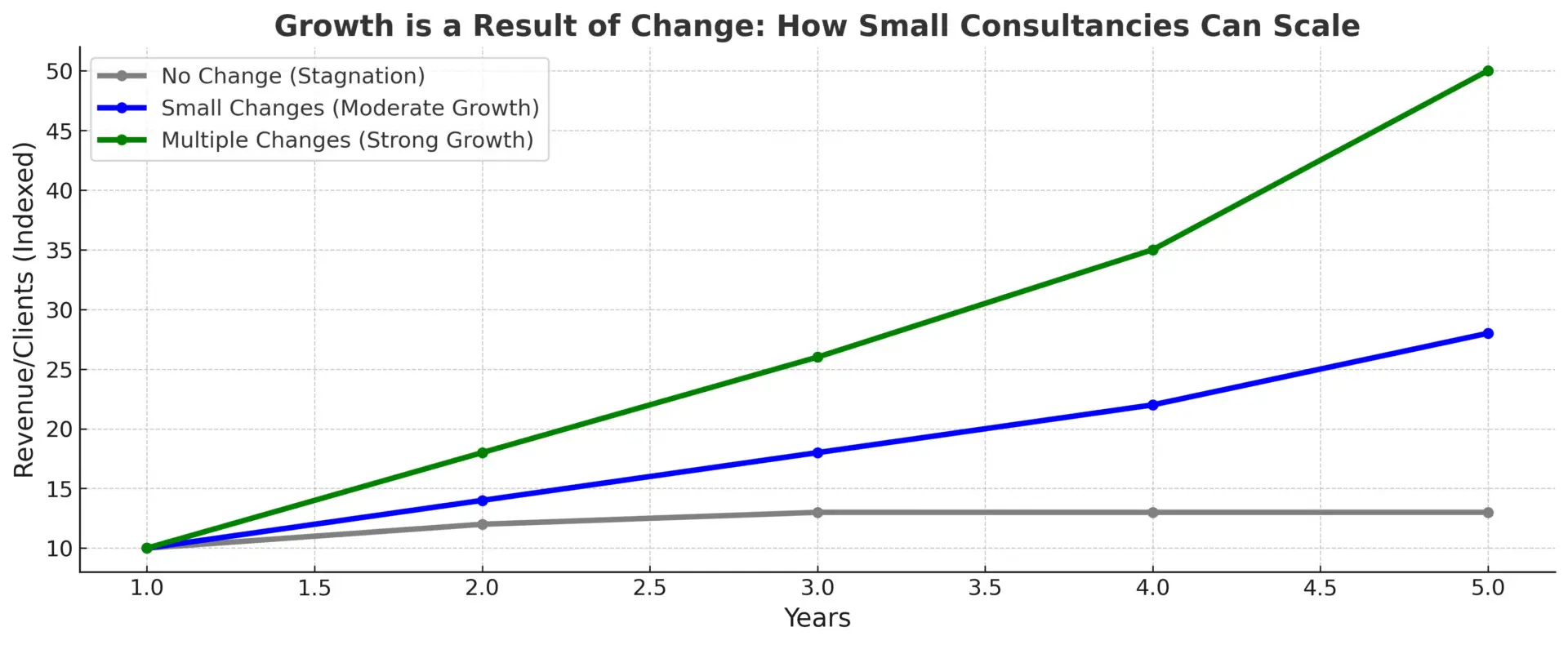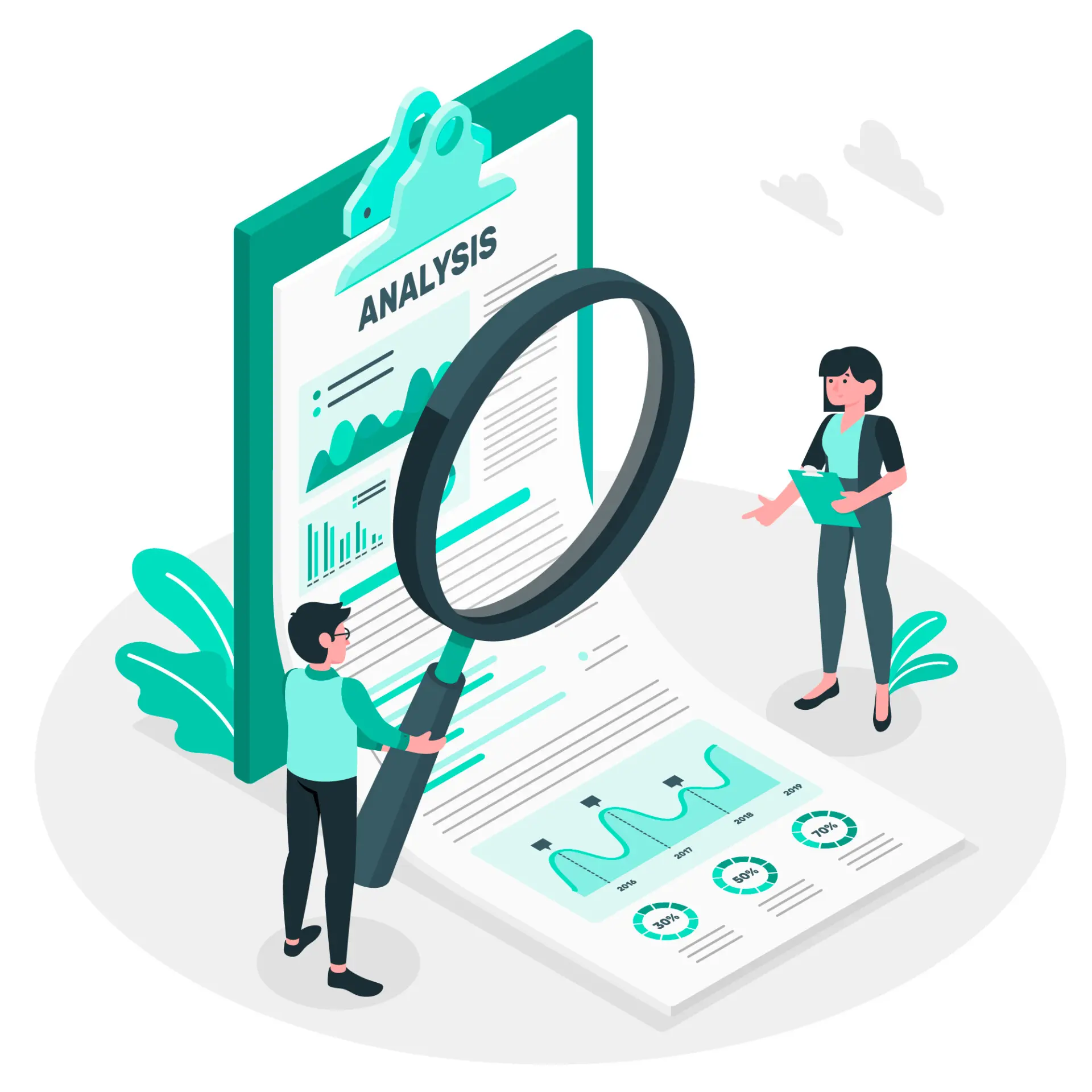
In today’s rapidly evolving digital landscape, generative AI stands out as a beacon of innovation, promising to redefine the way businesses operate, create, and deliver value. Yet, the journey to effectively integrate this cutting-edge technology into business models is not without its challenges, particularly for organizations that have traditionally been more static in their learning and adaptation processes. The transition from a non-learning to a learning organization is not merely beneficial but essential for those aiming to leverage generative AI for business growth. This article aims to demystify this transition, making a compelling case for why embracing the ethos of a learning organization is pivotal.
Non-learning organizations, characterized by their rigid structures and a focus on maintaining the status quo, often find themselves at a crossroads when confronted with disruptive technologies like generative AI. The reluctance to embrace change, a preference for short-term gains, and a lack of flexible, innovative thinking can significantly hinder their ability to adapt and thrive in a technology-driven market.
The integration of generative AI requires more than just technological upgrades; it demands a cultural and strategic overhaul. Non-learning organizations must confront and overcome several barriers to unlock the full potential of generative AI:
– Cultural Resistance: Moving beyond a culture of risk aversion to one that values experimentation and learning from failures is critical. Generative AI thrives in environments where innovation is encouraged, and mistakes are seen as growth opportunities.
– Structural Rigidity: Traditional hierarchical structures may stifle the cross-disciplinary collaboration essential for AI-driven innovation. Adopting more flexible, team-based structures can facilitate the free flow of ideas and agile response to new opportunities.
– Visionary Leadership: Leaders in non-learning organizations must evolve to become champions of change, embodying the curiosity and forward-thinking necessary to explore the potential of generative AI fully.
Becoming a learning organization is a transformative process that enables businesses to navigate the complexities of integrating generative AI into their operations and strategies. Here are key steps to facilitate this transformation:
1. Foster a Culture of Continuous Learning: Encourage an organizational culture that values ongoing education, experimentation, and the constant sharing of knowledge. This culture will be the fertile ground in which generative AI can grow and flourish.
2. Promote Cross-functional Collaboration: Break down silos and promote teamwork across departments. Generative AI initiatives often require input from diverse perspectives to innovate and problem-solve effectively.
3. Invest in Skill Development: Equip your team with the necessary skills to work alongside AI technologies. This includes not only technical skills but also the ability to think creatively about how AI can be applied to solve complex business challenges.
4. Adopt Agile Methodologies: Implement agile practices to enhance your organization’s responsiveness to change. This approach will enable you to pilot generative AI projects, learn from the outcomes, and iterate quickly.
5. Establish Ethical and Governance Frameworks: Address the ethical considerations of AI use proactively. Developing clear guidelines and practices around data use, privacy, and AI decision-making will build trust and ensure responsible use.
Generative AI is not just a technological advancement; it’s a catalyst for business transformation. From creating personalized customer experiences to automating content creation and enhancing decision-making processes, the applications of generative AI are vast and varied. Organizations that successfully integrate this technology can unlock new avenues for growth, innovation, and competitive advantage.
The integration of generative AI presents a unique opportunity for business growth and innovation. However, harnessing this potential fully requires organizations to adopt the characteristics of a learning organization: adaptability, innovation, and a continuous quest for improvement. By making this shift, non-learning organizations can not only navigate the challenges of integrating generative AI but also position themselves as leaders in a future where technology and human ingenuity converge to create unprecedented value.


